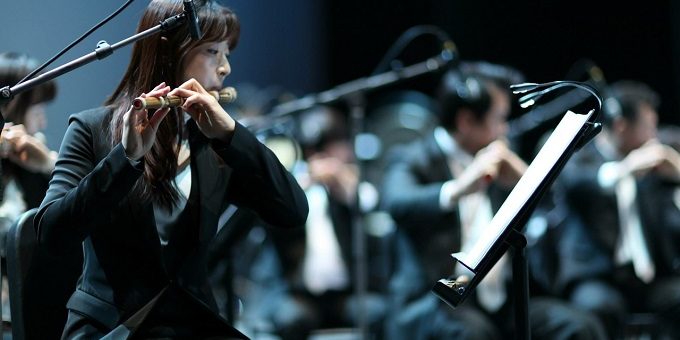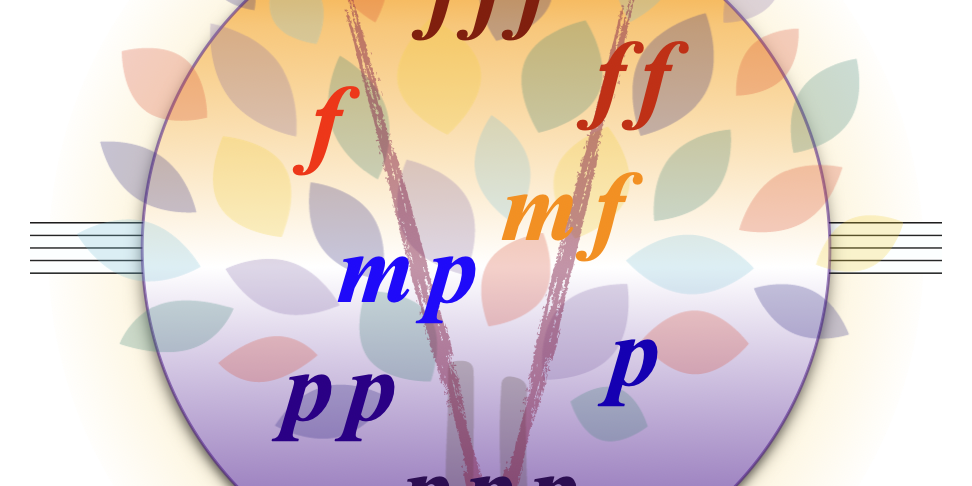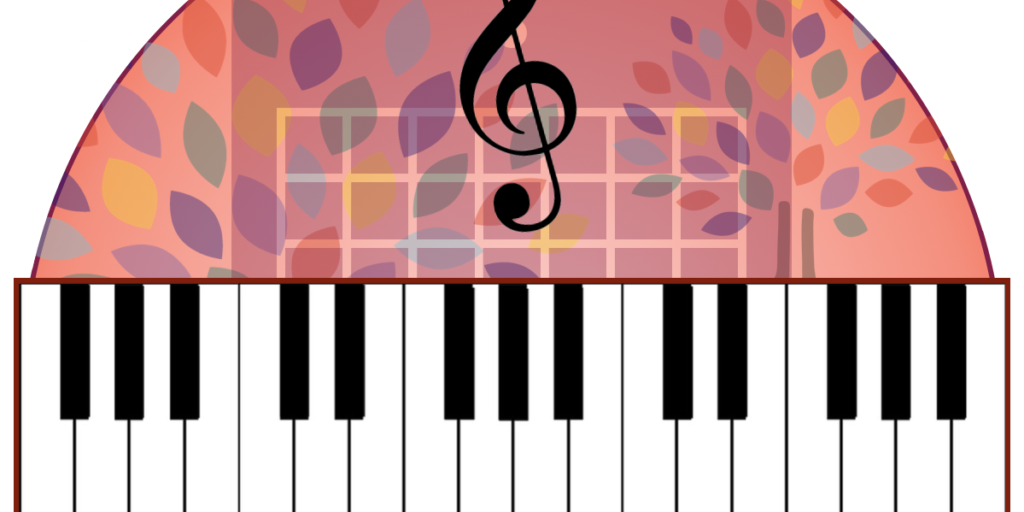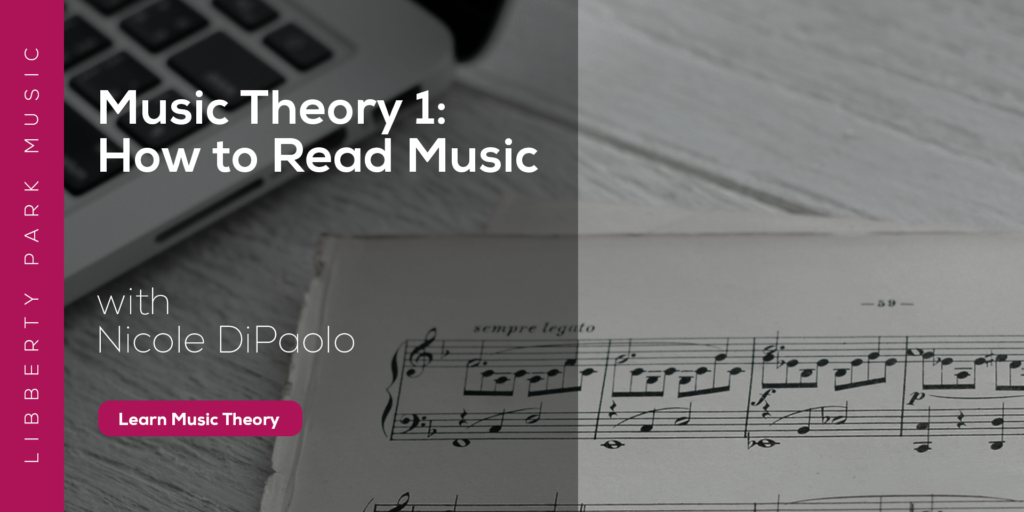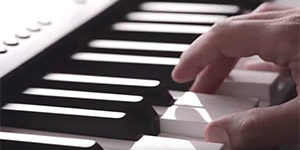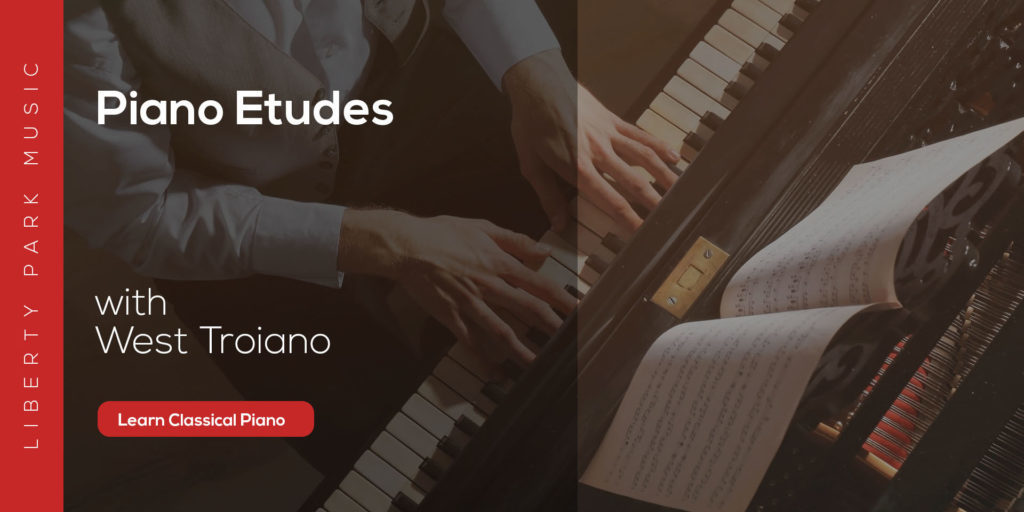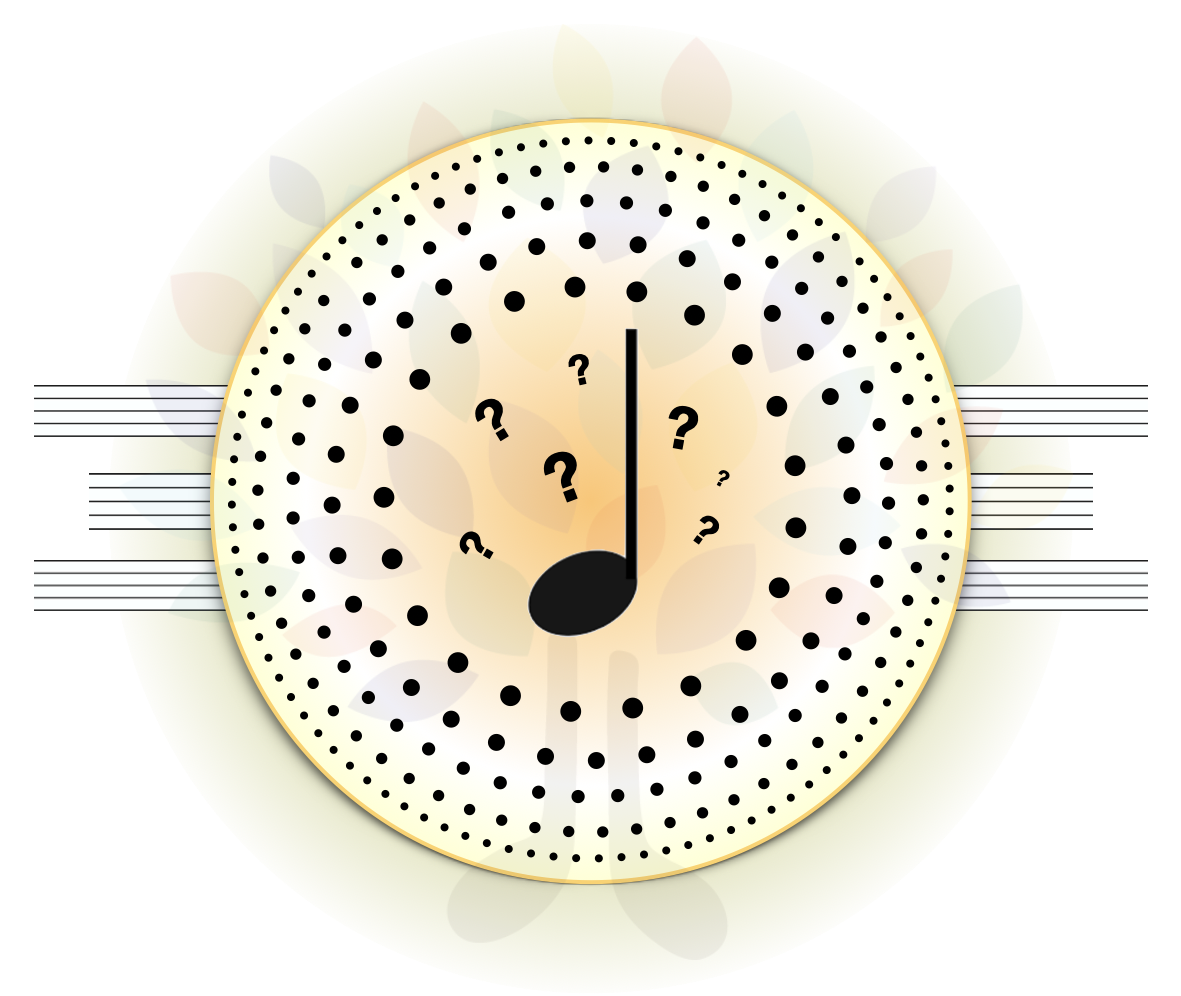
Musical language possesses a variety of different dots that work in a variety of different ways. Some dots are related to the specific lengths of notes values, while others have to do with how notes are articulated. Knowing the distinction between the function and appearance of different dots is a common source of confusion.
In this article we’ll briefly introduce and explain the different kinds of dots you might encounter in music.
Staccato Dots and Augmentation Dots
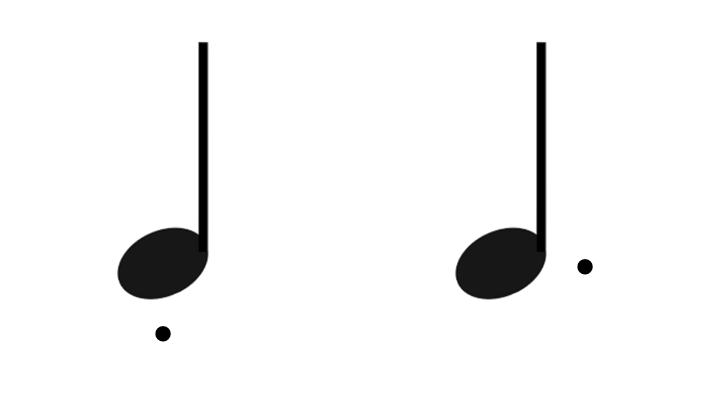
Above you see two notes with two different kinds of dots attached to them: one is a staccato dot, and the other is an augmentation dot. These two kinds of dots look identical on the page except for one key difference - one is placed on the side of the notehead, while the other is placed below (or above) the notehead.

The staccato dot is an articulation instruction that tells the performer to play the note short. As seen above, it is placed either above or below the notehead (depending on the direction of the stem).
In the event that multiple voices (or independent lines) are present, the staccato dot may appear at the tip of the note stem, instead of the head, as seen below.

How short a performer should play a staccato-dotted note is a matter of musical context (and some instruments are capable of playing a wide array of short articulations).

In contrast, the dot seen in the above example is called an augmentation dot, and it is exclusively placed on the side of the notehead.
Augmentation dots serve a very specific purpose regarding note length; they extend the length of a note value by half its original amount. For example, if we take a half note (which is two counts in length) and add an augmentation dot to it, we get one count added to the length of it, giving us a total note value length of three counts. This is useful for filling in measures of a 3/4 time signature, because a whole note (at four counts) is too long, and a half note is too short:

Augmentation dots can be added to any single note value, and has the same effect regardless of the type of note value it’s being applied to.
For convenience, the word “augmentation” is often dropped from the name, leaving it commonly referred to simply as a “dot.”
Other Dots
There are several alternate ways of seeing staccato and augmentation dots that are worth mentioning.

Staccato dots can be accompanied by accent articulations (which would instruct the performer to play both sharp and short), or can be connected by slurs, which typically would indicate that the notes up until the staccato are to be played legato. In relatively rare cases a slur will cross a series of staccato dots, but this is a less common occurrence outside of more advanced music.

Also less commonly seen is the double-augmentation dot, which looks like two augmentation dots stacked against the side of a note. In the case of a double augmentation dot, the second dot adds half the length of the length of the original dot’s addition. For example, if we have a dotted half note (which we know is three counts total in length), the second dot would add half the length of the original addition: the original dot added a single count, so half of that single count would be a half count (i.e., a quarter note plus an eighth note), giving us a total length of three and a half counts. To reiterate, double-augmentation dots are rarely seen outside of more advanced musical contexts.

Finally, we have a dot that serves an entirely different purpose than the ones that have been mentioned so far, but is nonetheless very commonly seen. The symbol in the notation above that looks like a half-circle with a dot under it is called a fermata, and it’s telling the performer to slow or pause the beat or tempo for an expressive “breath.” It is commonly used to provide a dramatic pause at key moments in a piece, or to expressively elongate the very last notes.
Thanks for checking out this article from Liberty Park Music! If you liked what you saw here, you can find more in our blog at libertyparkmusic.com. We also have a YouTube page! And if you're really ready to take your music training to the next level you can subscribe to our site and gain access to a full spectrum of piano, guitar, drum, and music theory lessons.
Sign up for our free newsletter
Useful articles for musicians
About the Author: West Troiano
West has over 10 years of teaching experience in settings that vary from private studios to college classrooms. In addition to teaching through traditional forms of piano pedagogy, West frequently produces music and teaching materials that cater to the needs of his students. Check out West's course on Piano Etudes for both beginners and intermediate pianists.


